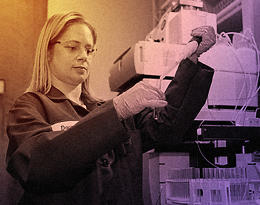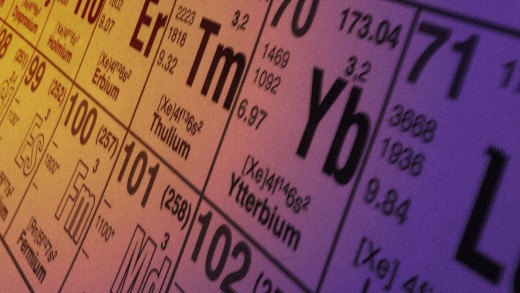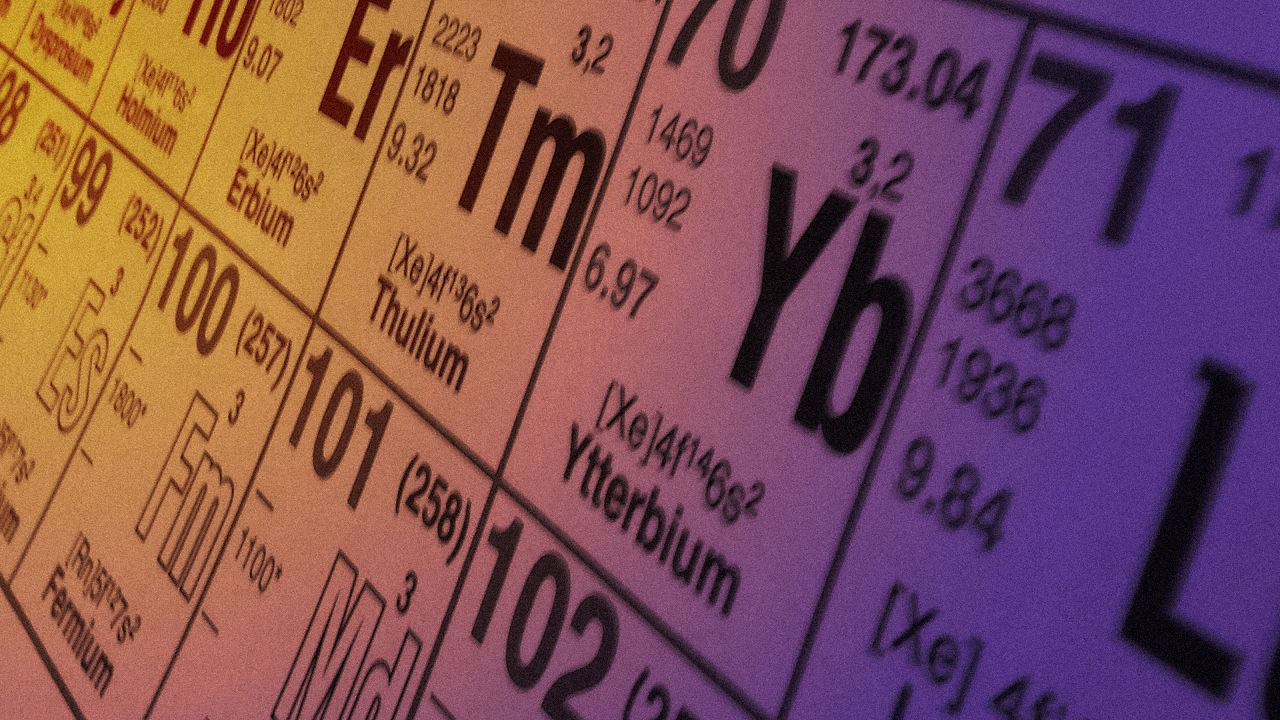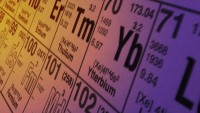Meet the girl Who revealed 3 Of The 4 New components
dawn Shaughnessy and her staff at the Heavy component staff are working to make chemistry category even harder.
January 15, 2016
there’s no element named after her (yet), however break of day Shaughnessy—a rather younger chemist at Lawrence Livermore nationwide Laboratory—is likely one of the extra prolific researchers in the small world of scientists who searching for to create completely new entries to the periodic desk that the majority of us discovered about in grade faculty.
The team she leads, the Heavy part group, was once part of the invention of three out of the 4 new parts announced remaining week in collaboration with researchers in Russia and Tennessee. In complete, she’s helped uncover 6 of the 26 new components delivered considering 1940 (one, Livermorium, was named after her lab).

In an AMA on Reddit, she mentioned how she was a scientist and the place one of the most current limits of science need to be stretched to ensure that new discoveries to proceed in her field.
Shaughnessy as soon as wanted to turn out to be a physician or surgeon, but by the time she got to heart faculty, she become curious about science. with the aid of highschool, she realized chemistry used to be her calling. She hopes more youngsters imagine her direction: “i feel that too few are becoming the opportunity to learn in regards to the world round them.”
Her days are different but clearly never boring. infrequently she works on the national Ignition Facility, home to the largest laser beam in the world. other days, she may well be at the lab. “the theory drives the experiments,” she says. “considering that these are lengthy experiments, they’re scheduled for a suite quantity of beam time that may last a number of months. Then there may be an equal amount of time spent inspecting the huge knowledge set that’s generated and evaluating the consequences.”
Uranium (atomic number ninety two) is the heaviest part steady enough to be found in nature. the brand new elements revealed not too long ago have been a lot heavier and unstable (numbers a hundred and fifteen, 117, 118—the heaviest thus far), which means they exist for most effective the smallest fraction of a second sooner than breaking down into smaller components. usually, her experiments produce possibly 1 to 3 highly-unstable new atoms, if they’re successful. they’re made by means of formulating “goal” atom and then smashing it with a beam of other atoms in order that there’s a very small probability they mix to type a brand new component.

“it is getting more difficult to move up in atomic quantity as a result of the chance of these nuclei preserving collectively for lengthy enough to for us to detect them is getting smaller and smaller,” she says. “We also want to seem into alternate reactions for growing them, akin to new beam and goal materials. So we are still pushing for brand spanking new discoveries, however there is research to be achieved in tips on how to accomplish them.”
though others are already having a look to push to create elements 119 and 120, her primary focus for now could be actually seeking to create the tools so they may be able to learn about the chemical residences of probably the most lighter “superheavy” elements that have been created. the problem is that there are no instruments in existence that can operate as fast as one-2nd time scales needed to measure the new components.
As for why any individual would care to supply parts that aren’t very useful, exist just for a number of seconds, and can’t even be studied, she speaks concerning the broader quest to take into account the world round us.
“The pastime in discovering new components is to refine our theories in regards to the existence of topic and how the nucleus is formed,” she writes. “every time we push the boundary of discovering a brand new component, it helps to refine these fashions and our normal figuring out of the extreme limits of topic.”
Flickr person Brian Cantoni
(28)





